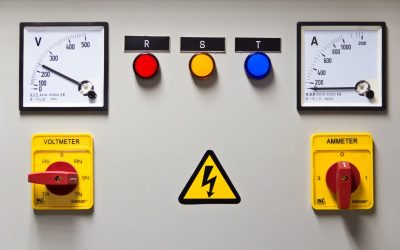XRF stands for x-ray fluorescence and is the act of receiving emissions of secondary, characteristic x-rays via material using high-energy gamma rays or x-rays. This event is typically employed for elemental and chemical analysis in relation to investigating many different types of materials including metals in various research fields.
How X-Ray Fluorescence XRF Works
Materials that are subjected to gamma rays or x-rays of short wavelengths may experience ionization of component atoms. The ionization entails the atom ejecting one or a few electrons. This may happen if the atom has been subjected to radiation due to an energy superior than its own ionization potential. Gamma rays and x-rays have the ability to be sufficiently energetic to actually expel electrons that have been tightly held from inner orbitals of said atom. When an electron has been removed in this manner the electronic assembly of an atom can become unstable. Electrons that are in upper orbitals will fall into a lower orbital and stuff the hole that was left behind. When it falls, the energy that’s been released is formed into a photon, making it the energy that is equivalent to the difference in energy of the couple of orbitals that were involved. This makes the material emit radiation. Radiation itself has energy characteristics of the present atoms. Fluorescence is related to the phenomena concerning the assimilation of the radiation for a definite energy resulting in the re-emission of the radiation of the different energy.
Get Better XRF Machines from the Professionals
Professionally manufactured XRF machines that have been created by experts in the field are typically designed to meet the demanding needs of their customers. This includes offering a smaller footprint including little space inside. Turn to professionals in the XRF industry ready to assist you when it comes to finding the products you require. Contact Micro X-Ray Inc. at www.microxray.com for more details.



